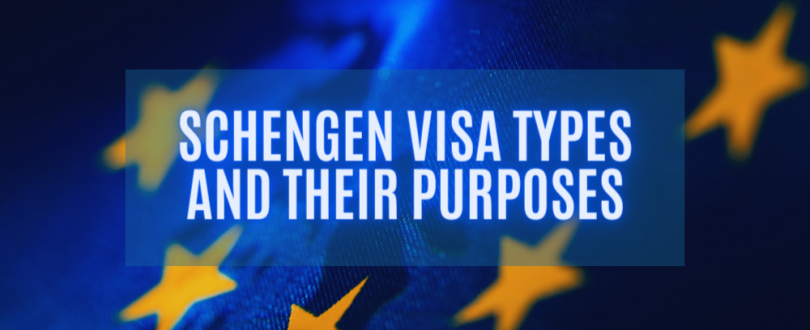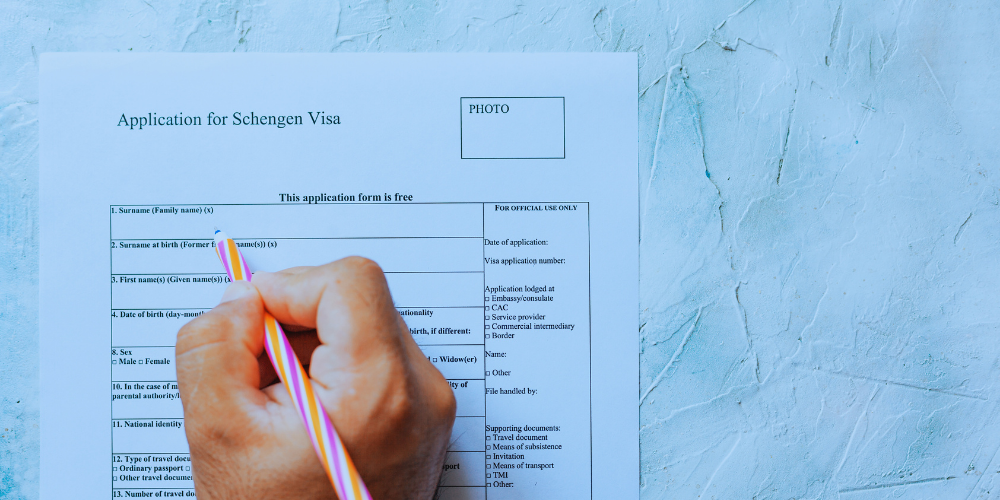
Are you gearing up for a scenic river cruise through Germany or planning to soak up the Mediterranean sun in Greece? Before you set off, understanding the various Schengen visa types and selecting the right one can make a significant difference in how smoothly your journey unfolds. This guide will walk you through the different Schengen visa types, clarifying their purposes and procedures, so you can navigate the application process with ease and focus on what truly matters—your European travel experience.
What is a Schengen Visa?
A Schengen visa enables travelers to enter and move freely within the Schengen Area, which encompasses 26 European countries that have agreed to allow free movement across their borders. This visa simplifies travel for tourism, business, and many other purposes, allowing you to cross multiple borders with a single visa.

Overview of Schengen Visa Types
Understanding the different Schengen visa types is crucial in choosing the one that best aligns with your travel needs:
Type A: Airport Transit Visa
Purpose: The Airport Transit Visa (Type A) is necessary for travelers who have a layover in a Schengen country airport and who will not leave the international transit area before flying to their next destination.
Who Needs It: Mainly required by travelers from specific countries (as specified by the Schengen regulations) who do not otherwise have visa-free access to the Schengen zone.
Type C: Short Stay Visa
The Short Stay Visa (Type C) is the standard visa issued to tourists and business travelers who plan to stay in the Schengen Area for up to 90 days within a 180-day period. It includes several sub-categories tailored to the purpose of the visit:
– Tourism: Ideal for individuals exploring the sights and sounds of Europe.
– Business: Suited for professionals attending meetings, conferences, or conducting short-term business.
– Visiting Family or Friends: Allows visitors to stay with relatives or friends residing in the Schengen Area.
– Cultural/Sports Events: For those participating in or attending events.
– Medical Reasons: For receiving short-term medical treatment.
Type D: National Visa
Purpose: The National Visa (Type D) is designed for longer stays in a particular Schengen country, typically required for education, work, or family reunification.
Flexibility: While primarily for stays in one country, it also allows for brief travel across the entire Schengen Area, offering greater flexibility than purely national visas of non-Schengen states.
Special Cases and Considerations
For unique travel circumstances that do not fit standard categories—such as urgent humanitarian reasons or unforeseen needs—special provisions may apply. In exceptional cases, visas can be issued at the border, although this is rare and subject to strict regulations.

How to Choose the Right Visa Type
Selecting the appropriate visa type involves a few key steps:
1. Identify Your Travel Purpose: Clearly define why you are visiting (tourism, business, study, etc.).
2. Determine Your Stay Duration: Match your intended stay with the visa’s time allowance.
3. Review Country-Specific Requirements: Each Schengen country may have slight variations in application requirements based on your nationality.
Accurate and detailed information is essential for a successful application and choosing the correct visa type.
Navigating the complexities of Schengen visas is a crucial step in planning your European travels. Knowing the purpose and duration of your trip will help you select the appropriate visa type, ensuring a smoother journey. For expert assistance with your Schengen visa application, consider Visahelp. Our team specializes in simplifying visa procedures, helping you prepare all necessary documents, and optimizing your application for approval.
Embark on your European adventure with confidence! Reach out to Visahelp for professional guidance on your Schengen visa application. Visit our website to learn more and begin your journey to a memorable European experience.

